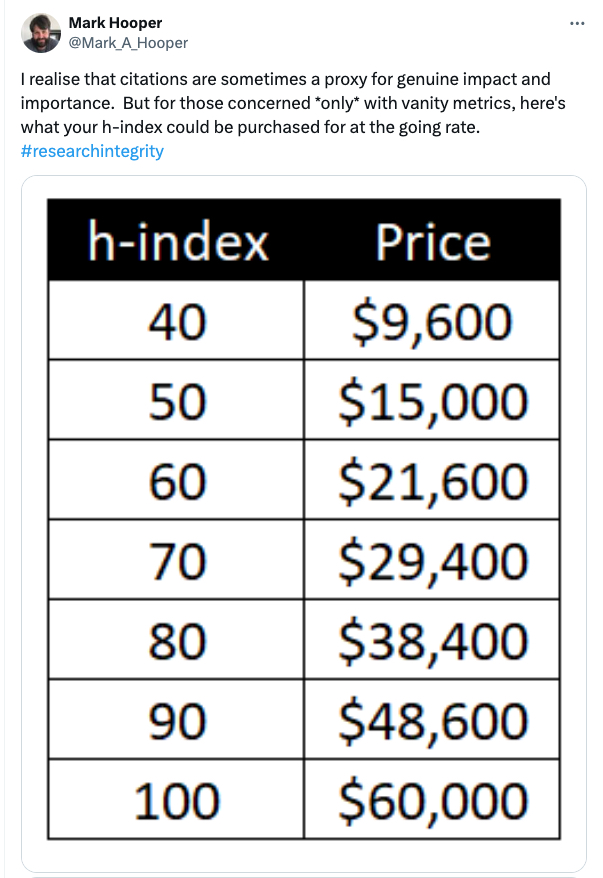Die Fakten
Die Verschwörung
So erkennt man Verschwörungstheorien
1. Worum geht es?
Der Glaube, dass bestimmte Ereignisse oder Situationen heimlich hinter den Kulissen von mächtigen Kräften mit negativen Absichten manipuliert werden.2. Verschwörungstheorien haben diese 6 Dinge gemeinsam
Eine angebliche, geheime Verschwörung.
Eine Gruppe von Verschwörern.
„Beweise“, die die Verschwörungstheorie zu stützen scheinen.
Sie suggerieren fälschlicherweise, dass nichts zufällig geschieht und dass es keine Zufälle gibt; Nichts ist so, wie es scheint und alles ist miteinander verbunden.
Sie teilen die Welt in Gut und Böse ein.
Sie machen Menschen und Gruppen zum Sündenbock.3. Warum gedeihen sie?
Sie erscheinen oft als logische Erklärung von Ereignissen oder Situationen, die schwer zu verstehen sind und ein falsches Gefühl von Kontrolle und Entscheidungsfreiheit vermitteln. Dieses Bedürfnis nach Klarheit wird in Zeiten der Unsicherheit noch verstärkt.4. Woher kommen sie?
Verschwörungstheorien beginnen oft mit einem Verdacht. Sie fragen, wer von dem Ereignis oder der Situation profitiert und identifizieren so die Verschwörer. Jeder „Beweis“ muss dann der Theorie entsprechen.Wenn Verschwörungstheorien erst einmal Fuß gefasst haben, können sie sich schnell verbreiten. Sie sind schwer zu widerlegen, weil jeder, der es versucht, als Teil der Verschwörung angesehen wird.
5. Menschen verbreiten Verschwörungstheorien aus unterschiedlichen Gründen:
Die meisten glauben, dass sie wahr sind. Andere wollen Menschen aus politischen oder finanziellen Gründen gezielt provozieren, manipulieren oder ins Visier nehmen. Sie können aus vielen Quellen stammen wie Internet, Freunden, Verwandten.
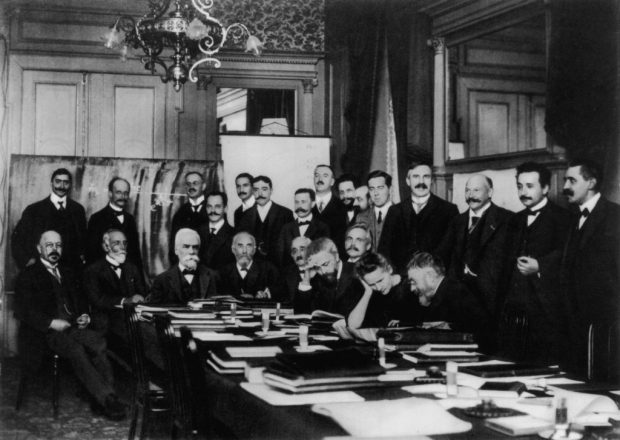
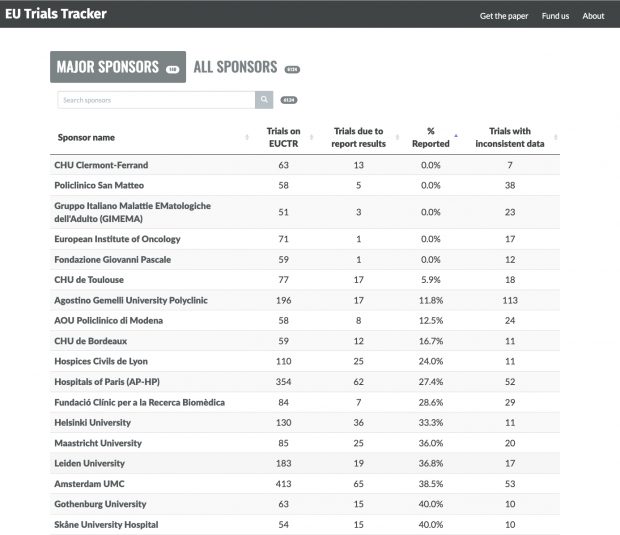
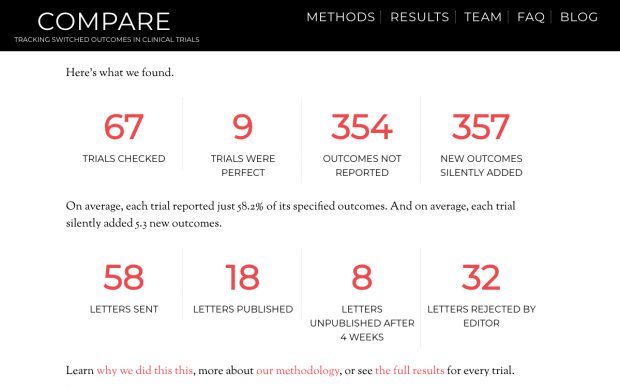
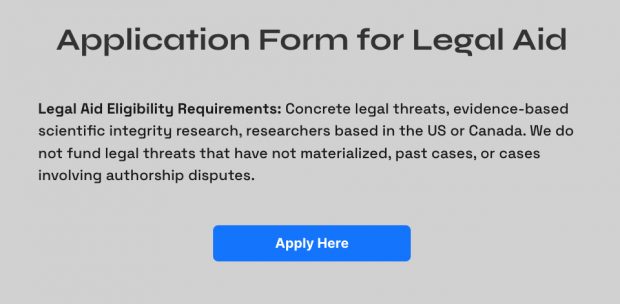
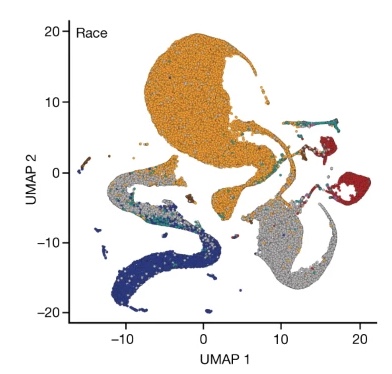 “Genetic drivers of heterogeneity” is the new description for the failed genetic concept of “reverse genetic engineering” – where we see now only sand running through the fingers.
“Genetic drivers of heterogeneity” is the new description for the failed genetic concept of “reverse genetic engineering” – where we see now only sand running through the fingers.
